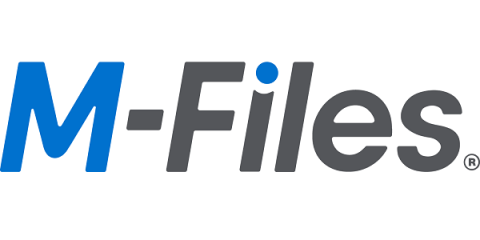Teams | Collaboration | Customer Service | Project Management
February 2021
Why 'Set It and Forget It' Information Governance Matters More Than You Realize
Anyone who has ever spent an appreciable about of time working with business information knows full well that the sheer volume of content within their deployment is growing by the day. But at the same time, the variety of content is also on the rise — which can easily lead to governance issues before you know it.
What You'll Find at the Crossroads of Digital Transformation and Compliance
The 4 Types of Collaboration Habits That Make Information Security Breaches an Inevitability
Because of the ongoing COVID-19 pandemic, more people are working remotely than ever before. On the one hand, productivity hasn't really suffered as there are a large number of cloud-based tools that make it possible to be just as productive outside of the office as you are in it. But on the other hand, there are also certain types of collaboration habits that make security breaches no longer a matter of "if" but "when." Understanding what these are is the best way to avoid them at all costs.
M Files Admin: Sending Notifications via Workflow | Intelligent Information Management
Here's Where to Spend Your Money on Digital Transformation in a Post-COVID World
It's safe to say that the ongoing COVID-19 pandemic has been a challenge for all of us — especially for organizations that were in the process of undergoing their own digital transformations as the lock downs started in March 2020. The need to use technology to support a fast-paced and agile workplace was always paramount — but somehow, it's become even more so in an era where most of your employees are going to be working from home for the foreseeable future.
These Seven Little Document Management System Changes Can Make a Big, Big Difference
Over the years, document management systems have evolved to the point where they've become a major contributing factor to the productivity of your organization... or they can be, under the best possible circumstances. So how do you lean into the strengths that make these solutions so powerful, taking advantage of those "best circumstances" at every opportunity? By making seven little changes to your approach that add up to a big, big difference before you know it.
M Files Administrator: Sending Assignments Via Workflow | Intelligent Information Management
4 Reasons SaaS Users Love Online User Communities (and Why You'll Love the M-Files Community)
M-Files is launching a new online user community on March 15. In the weeks prior to launch, it's a good time to take a step back and consider online user communities in general. What do they do? What needs do they serve? And why are they so important for SaaS success? It used to be that technology adoption was viewed as a relatively simple transaction — with a clear start and end. Decide what software you need. Buy it. Learn how to use it. Done.







